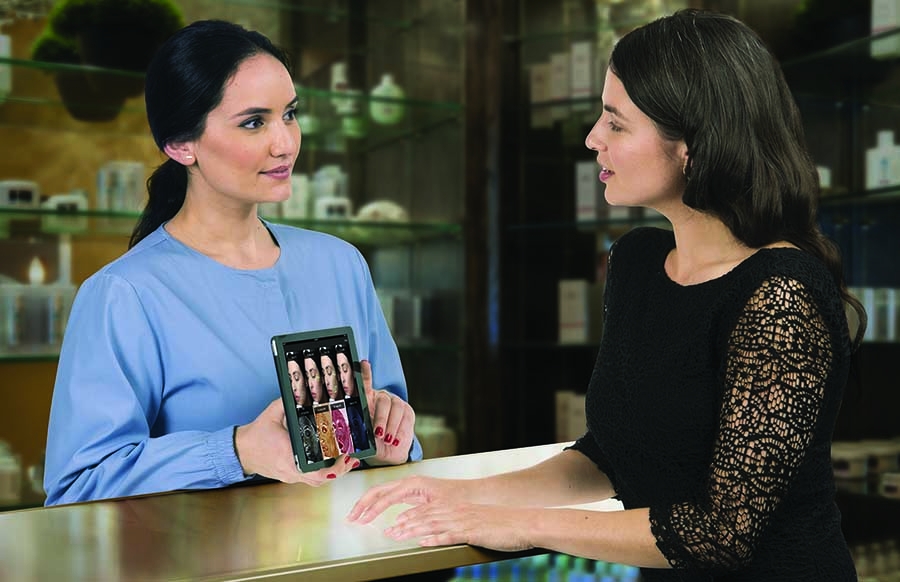The Educated Buyer What to Know Before Investing in the Latest Skin-Imaging Technology
Written by Diana Ordonez, product management director at Canfield ScientificSkin imaging is a good practice for any business that focuses on skin care, but how do professionals ensure that the solution in which they are investing is the right one for them? Looking for the right skin imaging equipment involves making decisions that impact treatment effectiveness, client comfort, and the practice’s overall bottom line. And, while skin imaging solutions offer ways to work better and faster, technology for technology’s sake is not the answer to attracting new clients and retaining existing ones. The solution must be a good fit for the practice.
Before stepping out to make that new purchase for the business, reflect on how the use of skin imaging can benefit the spa and clients. Will imaging assist with pre- or post-consultations, provide clients with additional or better quality details, and enable simulation of post-treatment results? The specific needs of the business will dictate the type of skin imaging solution and system features required. In addition, consider a skin-imaging system that can assist office staff with performing skin assessments. If the staff members using the technology are comfortable and confident using the tool, they can better illustrate the benefits to existing clients while helping to attract new ones.
THE WISH LIST
Once the decision is made to bring skin imaging into the practice, there are several key points to consider. Procedure types, lighting options, image quality, and who will be taking the images are all important factors.
The types of procedures done by the practice should play a primary role in deciding which features to prioritize when selecting skin imaging technology. A practice that focuses on skin health or overall skin appearance may require different tools and features than a practice that specializes in facial contouring with injectables, fat reduction, or skin tightening treatments. Evaluate the need for 2-dimensional versus 3-dimensional images; profile, lateral, and front views; face or face and neck images; simulation of pre- and post-procedure comparisons; and skin surface and sub-surface images. Consider small scopes, which are useful for reference samples of a client’s skin condition, but are not a great tool for documenting and tracking the progress of overall skin appearance. The types of procedures performed also affect the lighting options necessary. Standard, cross-polarized, and ultraviolet lighting record and measure surface and subsurface skin conditions, with ultraviolet images providing additional data for sun damage assessment and analysis. For skin conditions that result in discoloration on or below the skin surface, such as spider veins, rosacea, and hyperpigmentation, images that allow professionals to specifically identify red and brown areas of the skin provide valuable visual reference points.
The quality of images can greatly affect how useful these images will be to both clients and the practice. High quality skin-images imply competence and can help to attract clients, convert consultations to actions, more accurately depict treatment outcomes, and help to instill trust. With high quality images, even the smallest opportunities and improvements are visible, resulting in more confidence in outcomes, helping to keep clients on a long-term program, and better before and after images, which are useful for attracting new clients.
The ability to access images from different workstations and mobile devices is also important to consider. Return on investment can improve if the images are accessible from different rooms at the practice and can be networked across different workstations and mobile devices. And, the ability to share these images with customers post-consultation is invaluable. Enabling clients to view their images and recommendations from the convenience of their home provides an additional way to interact with clients. Enabling the client to revisit their consultation results in a more comfortable and more educated client.
Finally, all offices that invest in systems should ensure that there are training and technical support options available. Training for professionals and staff is essential to ensure that the technology is used quickly and correctly. The more individuals in the office that know and understand how and when to use the technology, the higher the return on investment. Similarly, choosing a company with a technical and customer support infrastructure in place ensures that the system is up and running properly with little to no down time.
